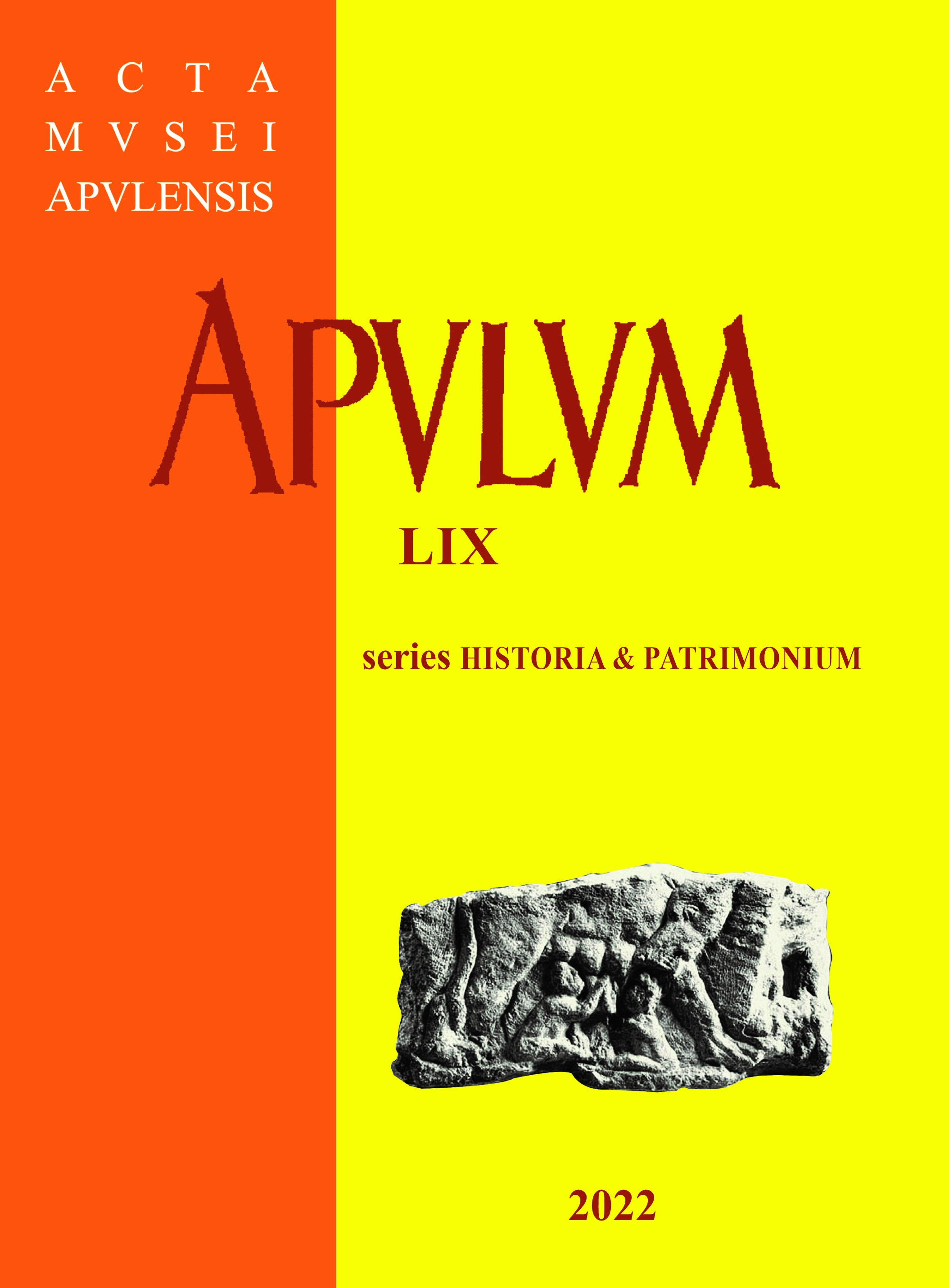Câteva observații despre evoluția instituției cneziale în cadrul sferei de influență a Bizanțului
Some Observations on the Evolution of the Knyaz Institution within Byzantium's Sphere of Influence
Author(s): Cosmin-Ștefan CostinescuSubject(s): History, Middle Ages, 13th to 14th Centuries, 15th Century
Published by: Muzeul National al Unirii Alba Iulia
Keywords: dignity; archon; leader; diplomacy; Christianity; Slavs;
Summary/Abstract: For the Slavs, the dignity of knyaz represented the tribe's leader. The etymology of the term comes from the proto-German word kuningaz. The word that was initially used to denote the leader of the tribe was vladica, but this native term eventually lost primacy over the proto-German word mentioned above. The term that corresponds with knyaz and appears in the Greek texts is archon. The first Slavic written source where the term knyaz appears is the code of laws dated between the end of the IXth and beginning of the Xth centuries, called Zakón Súdnyi Liúdem - "Law for Judging the People". The evolution of the dignity has been influenced by the contact with Byzantine civilisation as a result of their diplomatic efforts to assure the defence of the Empire against the new arrivals in the Balkan Peninsula, the Slavs. For this paper, we shall compare the Bulgarians and the Serbs. Also, we shall analyse an exception to the rule, the Romanians where we shall shortly analyse the oldest documentary mentions about bearers of the title of knyaz. For the Bulgarians, the head of state did not bear the title of knyaz during the First Bulgarian Empire, neither before nor after adopting Christianity. During this period the ruler bore the title Khana Sybigy. This title was used along with the Greek term of archon due to the use of the terminology of the imperial court's chancellery. In the inscriptions dated before the adoption of Christianity by Boris, God is evoked, although his predecessors like khan Omurtag or Malamir were not Christians. After adopting Christianity, the titles of khan and the Greek title of archon were merged until the adoption of the imperial title of tsar by Boris's son Simeon. The title of knyaz is mentioned during the Second Bulgarian Empire, being the leader of a small community, usually rural. An example being the knyaz Belota. For the Serbs, both during the kingdom and the empire the title of knyaz did not have a role in the state's administration, but was held by important people at the king's and after the proclamation of the empire, the emperor's court, being an honorary title. An interesting case is that of Lazar Hrebeljanović who during the disintegration of the Serbian Empire adopted the title of knyaz instead of that of tsar because he did not wish to antagonise the other magnates in the empire. He doubled this title with another one ”Autocrat of all Serb”, thus emulating imperial authority and emphasising the most important attribute that emperor possessed. Through this showing his imperial ambition, and assuming de facto rulership over the disintegrating Serbian Empire.For the Romanians, the first knyazi mentioned are presented as leaders of local communities as is the case with the Romanians from Serbia. We can also observe the use of the term judge, the Serbian equivalent being sudtsvo. In the XIIIth century in the year 1247 in king Béla the IV's donation towards the Knights Hospitaller, Litovoi is mentioned as the ruler of a territory, called knezate/principality/duchy, which bore the name in the aforementioned donation of terra litua. Also, Litovoi does have military attributes not just from the title of knyaz but also from the title of voivode. For the title of knyaz similarities can be observed for the Romanians and Bulgarians, the knyaz being a local leader with judicial abilities judging minor cases. The main difference appears for the Romanians due to the military role of the knyaz. This is very interesting because it is very similar to the old Slav tribe leaders before they achieved statehood, fact suggested by the code of laws that we mentioned above.
Journal: Apulum
- Issue Year: 2/2022
- Issue No: 59
- Page Range: 253-268
- Page Count: 16
- Language: Romanian
- Content File-PDF

